Proper Anchor Selection
Proper anchor selection and installation is one of the foundations to help assure a successful refractory installation project.
Over 60% of structural monolithic refractory failures are caused by the contractor’s (or design engineer’s) lack of understanding of proper anchor design and installation.
A Brief History of Refractory Anchors
The early twentieth century monolithic refractories were commonly plastic. At that time brick was still the predominant refractory material. The refractory plastic was “anchored” by ramming into pockets created in common brick walls.
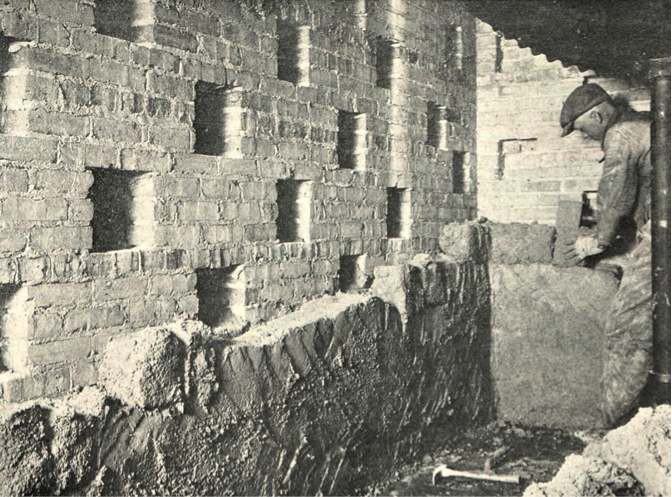
The first “true” refractory anchor was the “Flexo-Anchor” designed and supplied by Plibrico Company. This anchor was designed to allow for movement in two axes.
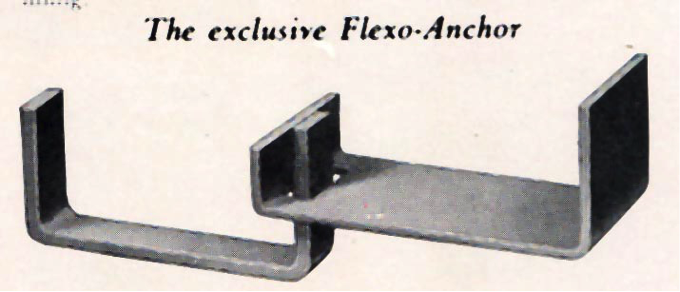
The “Flexo” went through various improvements during the mid-twentieth century.
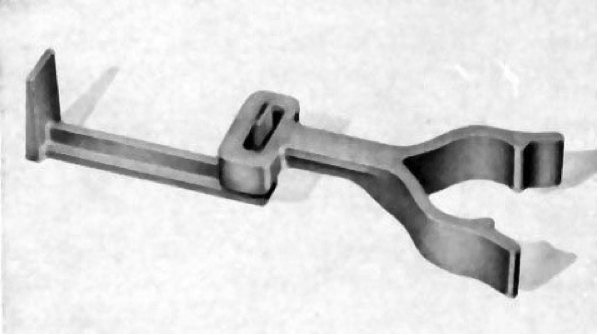
Ceramic Tile Anchors were engineered into the “Flexo” system.
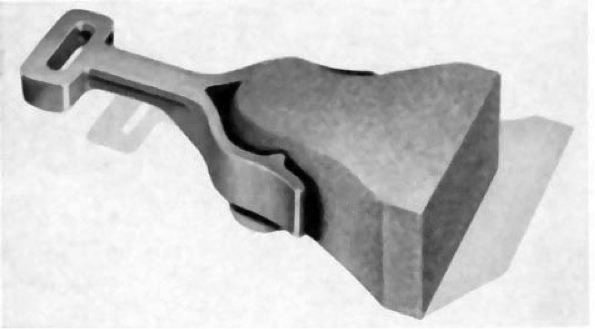
This ultimately led to the current version of floating Ceramic Tile Anchors.
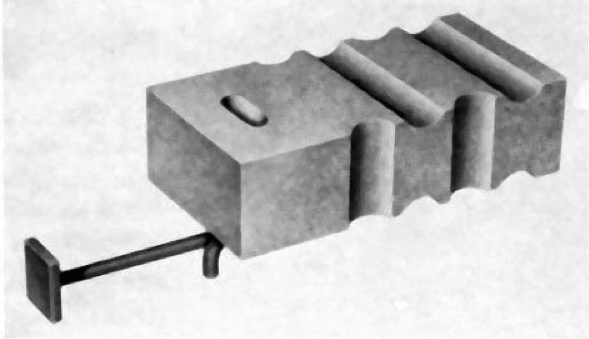
Anchor Selection
Proper anchor system designs should take into consideration the following:
- Type of refractory (plastic, castable, etc.)
- Installation technique (gunite, cast, rammed, etc.)
- Lining configuration (single, dual, multiple, etc.)
- Operating and interface temperatures
- Geometry of the vessel
- Joints, penetrations, etc.
There are essentially three (3) types of Anchor Systems:
- Metallic (alloy) anchors
- Cast iron (usually good up to 1000°F)
- Fabricated stainless steel (good to about 2100°F depending upon grade)
- Ceramic Tile Anchors (can withstand over 3000°F)
- Wall support systems – castings and fabricated stainless steel
With metallic anchor systems the fabricated anchors are primarily used for castables and gunned/shotcrete refractory. There are several types of configurations but predominantly a “V” type shape is used.
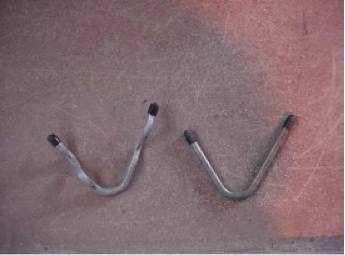
Alloy castings are traditionally used for plastics in low to moderate temperature applications (Flexo-type and arch hangars.)
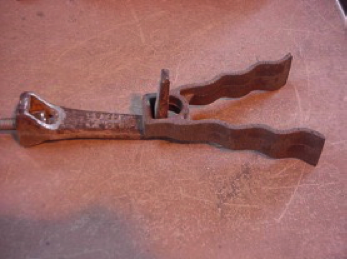
An experienced refractory contractor should consider all of these important factors and offer the best anchoring system for your application.
Here are the highlights of Ceramic Anchor Systems:
- Used for plastic refractory linings
- Used for castable linings where service temperatures are extremely high
- Able to extend full lining thickness
- Available in various compositions
- Anchor shape & design varies with supplier
- Various attachment systems are available (both casting and fabricated)
- C-clip
- C-clip & stud
- Ice tong
- Casting insert
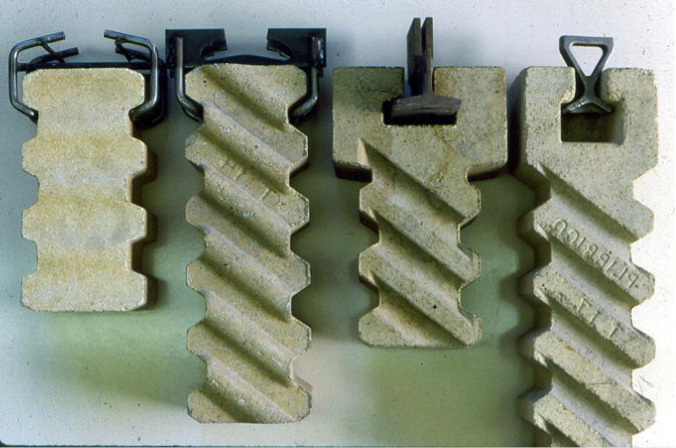
Here is a typical anchor installation for refractory plastic.
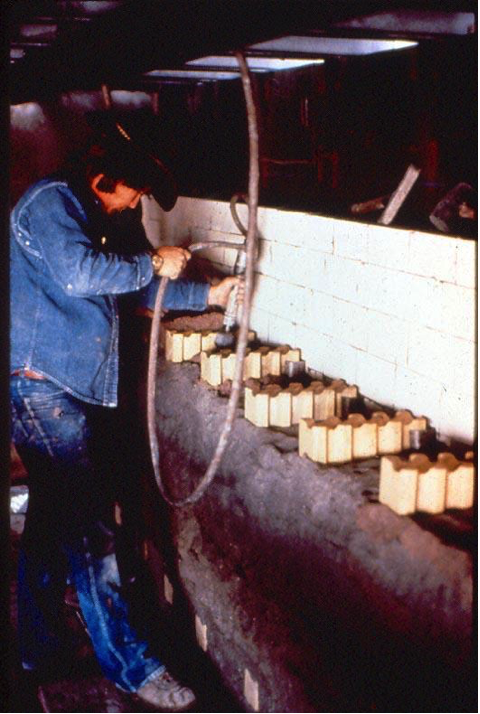
And for gunning or shotcreting (plastics or castable).
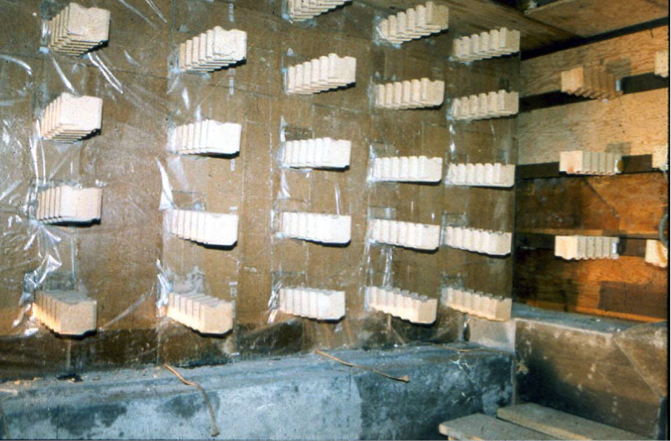
Please contact us if we can be of assistance.
Comments are closed.

